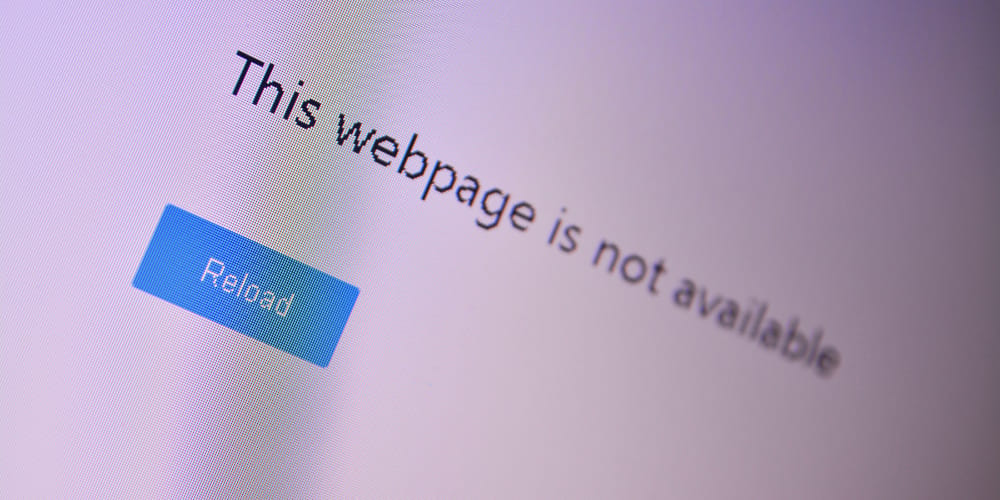- Playground Post
- Posts
- 🛝 AWS Outage Exposes School Tech Dependency, Phone Ban Mixed Results, AI Motivation
🛝 AWS Outage Exposes School Tech Dependency, Phone Ban Mixed Results, AI Motivation
What this means for educators + more
Welcome to Playground Post, a bi-weekly newsletter that keeps education innovators ahead of what's next.
This week's reality check: Schools discovered just how dependent they've become on cloud services when AWS went down during the school day. Meanwhile, researchers are finally studying whether cellphone bans and AI tools actually work - and the answers aren't simple.
💎 Data Gem
Chronic absenteeism is sticky (and costly). In Washington, DC, 39.5% of students were chronically absent in 2024-25. Even more telling: 82% of students who were chronically absent in 2021-22 remained chronically absent the following year.
AWS Outage Hit Schools Hard

When Amazon Web Services went down on October 20, schools across the country scrambled.
Learning management systems, security software, assessment tools, and single sign-on platforms all stopped working.
AWS reported issues early in the morning in one of its data centers and said it fixed the problem by 6 a.m. Eastern Time.
But ripple effects caused disruptions all day, with most services not returning to normal until well after the school day ended.
Students preparing for digital PSAT testing couldn't access College Board accounts.
Teachers had to abandon planned lessons and pull out physical books.
At Gompers Junior High in Joliet, Illinois, ClassLink - the single sign-on software students use to access all their apps - went down completely. Teachers scrambled to find physical materials. And there were bigger problems: Raptor, the school safety software that screens visitors, was down too. Visitors couldn't enter the building unless they'd been to the school before.
"So many things were impacted by this [outage]," said Principal Raul Gaston Jr. "If it was just one thing, you can almost be OK with it, but it had district-level, building-level, and student-level impacts."
Districts accessed an average of 2,982 ed-tech tools during the 2024-25 school year, according to Instructure.
When the infrastructure supporting those tools fails, everything stops.
This isn't the first warning.
In July 2024, a faulty CrowdStrike software update halted operations across industries. It happened during the summer, so schools dodged the impact. But district technology leaders cautioned then that it was only a matter of time before something similar hit during the school year.
Most schools don't train staff for these disruptions.
"We have very little training time to begin with," said Chris Smallen, CTO for Lenoir City Schools in Tennessee. "You kind of have to pick and choose your battles."
The AWS outage revealed how dependent schools have become on digital infrastructure. For education innovators, this points to opportunities in contingency planning tools, offline-capable platforms, and training systems that help schools maintain operations when cloud services fail.
Do School Cellphone Bans Work? What Early Findings Tell Us

At least 31 states now require districts to ban or restrict cellphones.
Of those, 22 have "bell-to-bell" bans - students aren't allowed to use smartphones for the entire school day.
But do these policies actually improve student outcomes?
Two major research projects are starting to provide answers.
Angela Duckworth, the University of Pennsylvania psychology professor known for her research on achievement and resilience, is leading an effort to survey 100,000 public school teachers by year's end. Preliminary findings from 20,000 teachers show that stricter policies lead to more focused classrooms.
The key factor? Physical distance.
Phones locked in pouches or lockers work better than "no-show" policies that let students keep devices in pockets or backpacks. Nearly half of schools in the survey sample have that "no-show" approach - the least effective option.
"When you are in the presence of a temptation, the closer it is to you, the more tempting it is," Duckworth said.
In Florida, which enacted the first statewide cellphone ban in 2023, a separate study by economists David Figlio (University of Rochester) and Umut Özek (RAND Corp.) found modest test score improvements. The gains were 0.6 percentile points overall, or 1.1 points comparing spring 2023 to spring 2025 results.
The research compared schools where students used cellphones heavily before the ban to schools with less usage. Achievement gains were larger in formerly high-usage schools, suggesting the restrictions had an effect.
Attendance improved too, especially unexcused absences.
But there's a problem: suspensions climbed as much as 12% in the first year. They fell back to pre-ban levels in year two, but the initial spike raises questions about implementation.
Figlio suggests the jump in suspensions may stem from two factors: students could still keep phones in their pockets (allowing for distraction and enforcement issues), and the new rules were enacted too quickly without a grace period for adjustment.
Early research suggests cellphone restrictions can improve focus and attendance, but enforcement matters. For companies building compliance solutions, the data indicates demand for storage systems (pouches, lockers) and implementation support that reduces disciplinary incidents during rollout periods.
Can AI Keep Students Motivated, Or Does it Do the Opposite?

AI tools like Khan Academy's Khanmigo and ALEKS promise to boost student motivation through personalized learning and adaptive feedback.
A meta-analysis of 71 studies by Yurou Wang's team at the University of Alabama found moderate positive effects on motivation and engagement.
The pattern: AI works better when used consistently over time, when teachers provide scaffolding, and when students maintain control over how they use the tool.
The research indicates that quality really matters.
When AI delivers inaccurate results or when students feel they lack control, motivation erodes quickly. And because long-term studies are scarce, we don't know if motivational benefits persist once novelty wears off.
Context also makes a difference. College students gained more than younger learners. STEM and writing courses benefited more than other subjects. Learning-specific platforms like ALEKS and Khanmigo outperformed general tools like ChatGPT.
The research shows AI can support motivation when designed properly - with reliable feedback, student agency, and sustained use over time.
For developers, this suggests demand for AI tools that strengthen student autonomy and competence rather than creating dependency, particularly platforms that work without removing the need for student effort. The equity gap also points to opportunities for more affordable solutions that can scale across different school contexts.
⚡️More Quick Hits
This week in education:
• Schools teaching AI literacy - Concrete AI-literacy units and professional development models rolling out in schools
• AI changing STEM curriculum - High school students pivoting to AI-adjacent fields as schools test new course combinations
• NYU quantum research hub - New institute aims for world-class quantum research and training programs
• College testing participation down - About 2.0M SAT takers vs. 2.22M in 2019; 1.38M ACT takers vs. 1.78M in 2019 - evidence of enduring testing shifts
🔎 Worth Checking Out
Monthly roundup of resources you might like:
State of Computer Science 2025 — State-by-state tracking showing 32 states now require high schools to offer CS courses and 12 mandate CS for graduation.
K-12 Lens 2025 — Report showing teacher shortages declining to 66% of districts (down from 81%), but persistent gaps remain in special education and substitute roles
Universal Connectivity Imperative — Data on the "homework gap": 84% of students have school devices in class, but many districts no longer allow take-home access
National AI in K-12 Survey — Full survey data showing declining public support for AI tools across multiple use cases.
To stay up-to-date on all things education innovation, visit us at playgroundpost.com.
What did you think of today’s edition? |